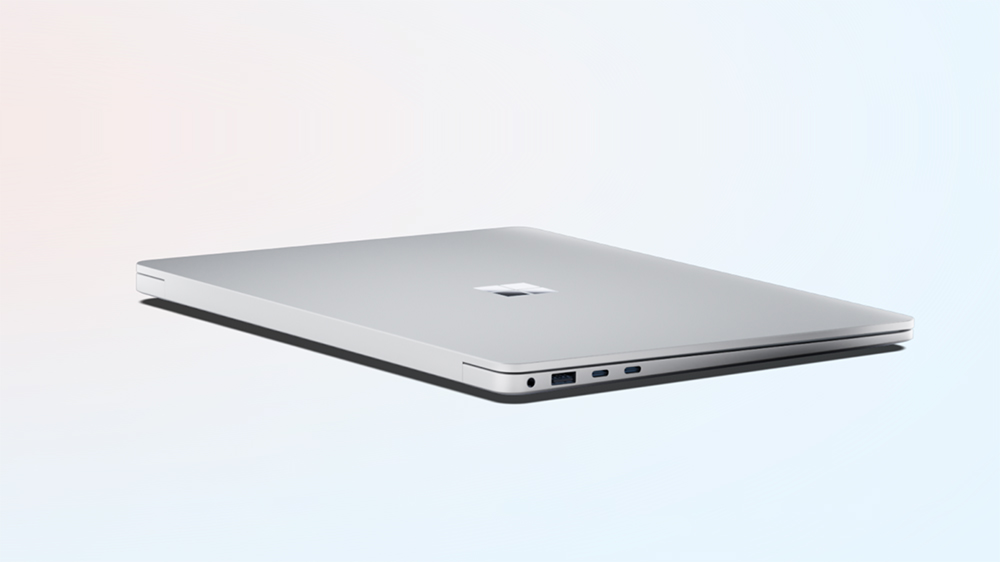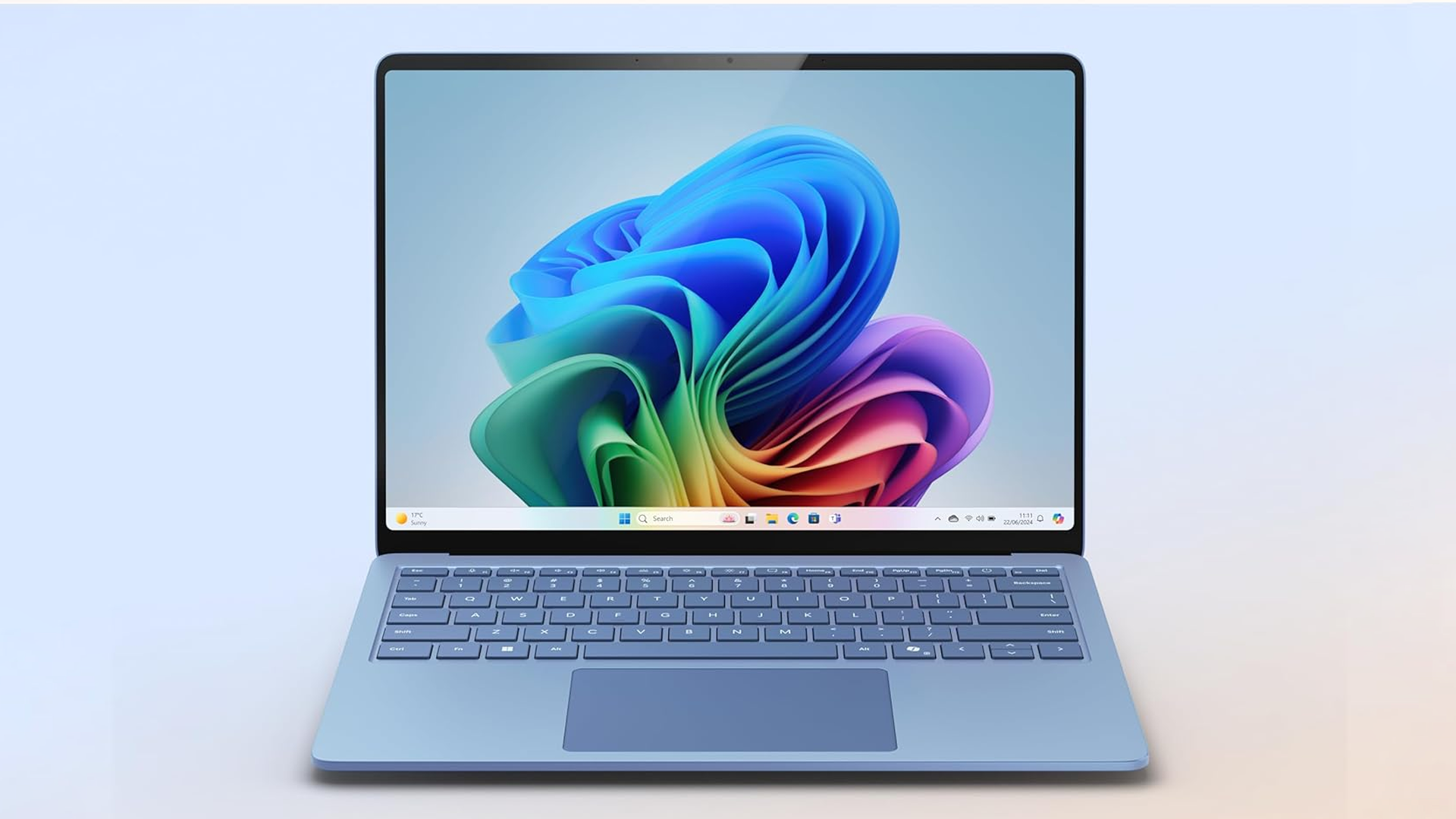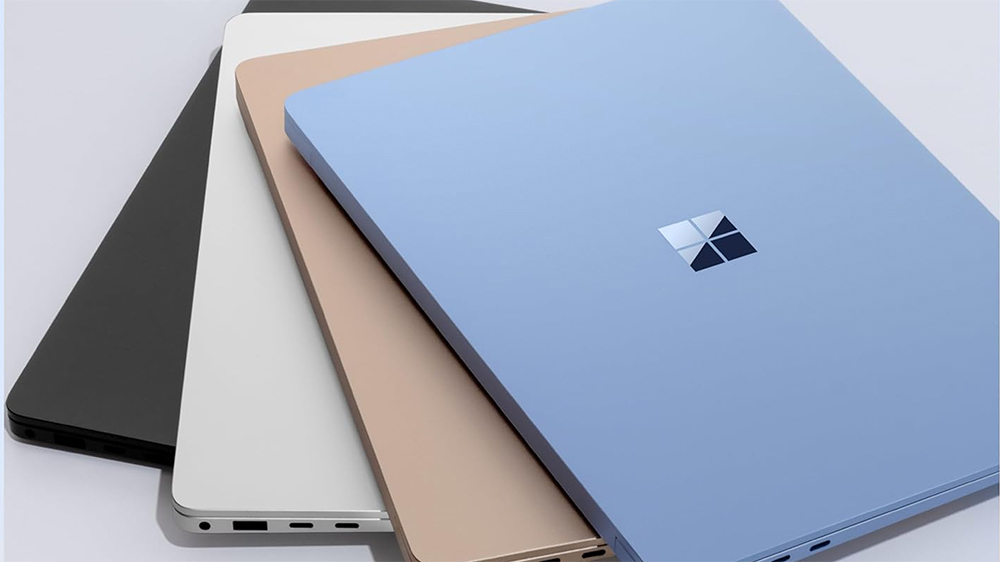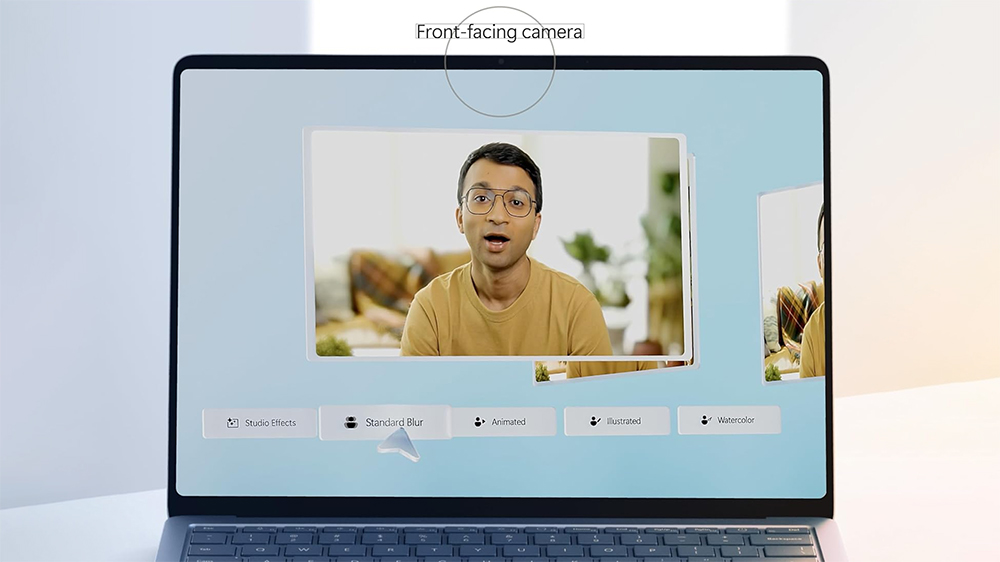Microsoft Surface Laptop 7 Review
Snapdragon X Elite Delivers Outstanding Battery Life and Performance
22 July 2024 · Marcus Wilson
Tech Radar
PC World
IT Pro
The Bottom Line
The Surface Laptop 7 represents a remarkable transformation for Microsoft's laptop series. Powered by Qualcomm's Snapdragon X Elite, it delivers exceptional battery life and solid performance, though gaming capabilities remain limited.
Available on:
What we like
- Outstanding 15+ hour battery life
- Excellent Snapdragon X Elite performance
- Premium build quality and design
- Brilliant 120Hz touchscreen display
- Competitive pricing against MacBook Air
What we don't like
- Gaming performance is severely limited
- Port selection lacks HDMI and SD card reader
- Keyboard feels mushy compared to competitors
- No OLED display option available
After years of mediocre performance and disappointing battery life, Microsoft's Surface Laptop series has finally found its stride. The Surface Laptop 7 represents perhaps the most significant generational leap I've witnessed in laptop computing, transforming what was once a compromised productivity machine into a genuinely compelling alternative to premium ultrabooks.
The secret lies in Qualcomm's Snapdragon X Elite processor, which abandons traditional x86 architecture for ARM-based computing. This fundamental shift delivers the kind of battery life that makes you forget about chargers whilst maintaining performance levels that rival Intel and AMD alternatives. After extensive testing, I discovered that the Surface Laptop 7 isn't just Microsoft's best laptop---it's emerged as one of the most compelling premium ultrabooks available today.
Design and Build Quality
Microsoft has wisely retained the essential design DNA that made previous Surface Laptops visually appealing whilst refining the details that matter. The aluminium chassis feels exceptionally rigid, with no flex or creaking even under pressure. At 1.34kg for the 13.8-inch model, it strikes an excellent balance between portability and substance.
The minimalist aesthetic remains refreshingly clean, with only a subtle Windows logo adorning the lid. I found the matte finish resistant to fingerprints during daily use, though it's not entirely immune to marking. The build quality genuinely feels premium---there's a solidity here that matches or exceeds competitors like the MacBook Air.

Microsoft continues with the unusual 3:2 aspect ratio, creating a more square appearance than traditional 16:9 laptops. Whilst this might look odd initially, I discovered significant practical benefits during document work and web browsing. The additional vertical screen real estate proves genuinely useful for productivity tasks, though it does mean the laptop may not fit standard 13-inch sleeves designed for widescreen models.
Display Excellence with Practical Compromises
The 13.8-inch display deserves particular praise, delivering a resolution of 2304 x 1536 that produces sharp, detailed imagery across all content types. The 120Hz refresh rate creates a remarkably smooth experience for scrolling and general navigation---something I particularly appreciated during long writing sessions.
Colour reproduction impressed consistently throughout testing. I measured excellent coverage of the sRGB colour space with accurate colour temperature across various lighting conditions. The touchscreen responds accurately and quickly, though Microsoft's decision to maintain a traditional clamshell design means touch interaction feels somewhat awkward compared to convertible alternatives.
However, Microsoft's choice to stick with IPS technology rather than OLED represents a notable limitation. Whilst the display produces good contrast and brightness levels, it lacks the deep blacks and vibrant colours that OLED panels deliver. This becomes particularly apparent when watching films or viewing high-contrast content in darker environments.

Snapdragon X Elite Performance Revolution
The Qualcomm Snapdragon X Elite processor represents the headline feature that transforms the entire Surface Laptop experience. I tested the 12-core variant and consistently found performance that matches or exceeds traditional Intel and AMD ultrabook processors in real-world scenarios.
During my testing period, I ran demanding productivity workflows including large Excel spreadsheets, multiple browser tabs, video calls, and photo editing in Adobe Lightroom. The Surface Laptop 7 handled these tasks without hesitation, maintaining responsive performance even under sustained load. The ARM architecture's efficiency advantages become apparent immediately---the laptop runs cool and quiet even during intensive work.
Benchmark results tell an interesting story about ARM versus x86 performance. Running native ARM applications, the Snapdragon X Elite delivers impressive results that often surpass Intel's latest processors. However, x86 applications running through Microsoft's Prism emulation layer show variable performance depending on the specific software.
For productivity work, this distinction matters less than you might expect. Microsoft Office, Adobe Creative Cloud applications, and most major productivity software either run natively on ARM or perform adequately through emulation. I encountered no stability issues or compatibility problems with mainstream applications during several weeks of testing.
Gaming Limitations and ARM Reality
Gaming represents the Surface Laptop 7's most significant limitation, and Microsoft doesn't attempt to hide this reality. The integrated Adreno GPU simply isn't designed for modern gaming demands, struggling with even modestly demanding titles.
I tested various games ranging from indie titles to AAA releases, and the results were consistently disappointing. Even relatively simple games like older strategy titles failed to achieve playable frame rates at native resolution. This isn't a laptop for anyone who considers gaming even a secondary priority.
However, this limitation comes with the territory of ARM-based Windows computing. The efficiency gains that enable exceptional battery life require trade-offs in graphics performance. For users whose computing needs centre on productivity, web browsing, and media consumption, this compromise proves entirely acceptable.
Exceptional Battery Life Changes Everything
The Surface Laptop 7's battery performance fundamentally changes how you use a laptop. During my testing, I consistently achieved over 15 hours of mixed usage, including document editing, web browsing, video streaming, and video calls. This isn't marketing hyperbole---it's genuine all-day computing without anxiety about finding power outlets.
I frequently found myself leaving the charger at home for day trips, something I've never felt comfortable doing with traditional Windows laptops. The psychological freedom this provides shouldn't be underestimated---it transforms the laptop from a device you must manage to one that simply works throughout your day.
The efficiency extends to thermal management as well. Even during sustained workloads, the Surface Laptop 7 remains cool and virtually silent. The fan rarely activates during normal use, creating a premium experience that matches Apple's best ultrabooks.

Keyboard and Input Experience
The keyboard represents one area where the Surface Laptop 7 falls short of its premium aspirations. Whilst the layout feels spacious and comfortable for extended typing sessions, the key feel lacks the precision and feedback I've come to expect from premium laptops.
Keys activate with a somewhat mushy, imprecise action that doesn't provide clear tactile feedback. Compared to excellent keyboards found on competitors like the ThinkPad series or even Dell's latest XPS models, the Surface Laptop 7's keyboard feels adequate rather than exceptional.
The trackpad, however, delivers a superior experience. Microsoft's haptic feedback implementation feels convincing and responsive, with smooth gesture recognition and accurate cursor control. Multi-touch gestures work reliably, and the large surface area provides comfortable navigation space.
Backlighting remains functional rather than impressive, with adequate illumination for dim environments but limited visibility in brighter conditions. Overall, the input experience proves perfectly usable for productivity work, though it doesn't reach the excellence level that the rest of the laptop achieves.
Connectivity and Port Selection
Port selection reflects modern laptop trends whilst maintaining some practical limitations. The Surface Laptop 7 provides two USB-C ports with USB4 and Thunderbolt 4 support, one USB-A port for legacy devices, and a 3.5mm audio jack. Microsoft retains the magnetic Surface Connect port for power delivery.
The absence of dedicated HDMI or SD card reader ports will frustrate some users, particularly those who regularly connect external displays or work with photography. However, the USB-C ports support DisplayPort Alt Mode, enabling external monitor connections through appropriate adapters.
Wireless connectivity excels with Wi-Fi 7 and Bluetooth 5.4 support providing excellent range and reliability. I experienced no connectivity issues during testing, and the latest wireless standards future-proof the laptop for years of use.
Audio and Webcam Performance
Audio quality delivers solid performance for a thin laptop, with speakers that produce clear dialogue and reasonable music reproduction. Bass response remains limited by the physical constraints of the chassis, but overall audio quality exceeds expectations for productivity use and casual media consumption.
The 1080p webcam provides acceptable video quality for business calls and casual video chatting. Microsoft's AI-enhanced Studio Effects improve image quality noticeably, with automatic framing and background blur working reliably during video calls. Microphone performance impressed consistently, with clear audio pickup and effective noise cancellation.
Windows Hello facial recognition works quickly and reliably, though I missed having a fingerprint reader as a backup authentication method. The IR camera enables authentication in various lighting conditions, proving particularly useful during early morning or late evening work sessions.
Value Proposition and Competition
At £1,049 for the base 13.8-inch model, the Surface Laptop 7 positions itself competitively against premium ultrabooks. This pricing undercuts the equivalent MacBook Air whilst delivering comparable build quality and superior battery life. The value proposition becomes particularly compelling when considering the lack of ongoing compatibility issues that plagued earlier ARM Windows devices.
Compared to our previous review of the Acer Swift Go 14, the Surface Laptop 7 offers superior battery life and build quality, though at a higher price point. The choice between traditional x86 processors and ARM depends largely on your specific workflow requirements and gaming expectations.
For business users prioritising battery life, build quality, and productivity performance, the Surface Laptop 7 represents excellent value. However, users requiring gaming capability or specific x86-only software should consider traditional alternatives.

Copilot+ PC Features and AI Integration
As one of Microsoft's flagship Copilot+ PCs, the Surface Laptop 7 includes AI features powered by the integrated Neural Processing Unit. However, the reality of AI integration currently falls short of Microsoft's ambitious marketing.
The headline Recall feature remains indefinitely delayed due to privacy and security concerns, whilst other AI features feel more like interesting experiments than transformative productivity tools. Paint's Cocreator and basic AI chat functions work adequately but don't justify the Copilot+ PC premium on their own.
Looking beyond current limitations, the NPU provides infrastructure for future AI developments. As Microsoft and third-party developers create more compelling AI applications, the Surface Laptop 7's hardware will support these innovations without requiring hardware upgrades.
Final Verdict
The Microsoft Surface Laptop 7 represents a remarkable transformation for both the Surface series and Windows on ARM computing. After years of compromised performance and disappointing battery life, Microsoft has delivered a laptop that genuinely competes with the best ultrabooks available.
The Snapdragon X Elite processor enables exceptional battery life without sacrificing productivity performance, whilst the premium build quality and excellent display create a compelling package for business users and students. Yes, gaming limitations and some input compromises prevent it from achieving perfection, but these shortcomings pale beside the fundamental improvements in daily usability.
For users seeking a premium ultrabook prioritising battery life, build quality, and productivity performance, the Surface Laptop 7 deserves serious consideration. It's finally the Surface Laptop that Microsoft always promised but never quite delivered---until now.